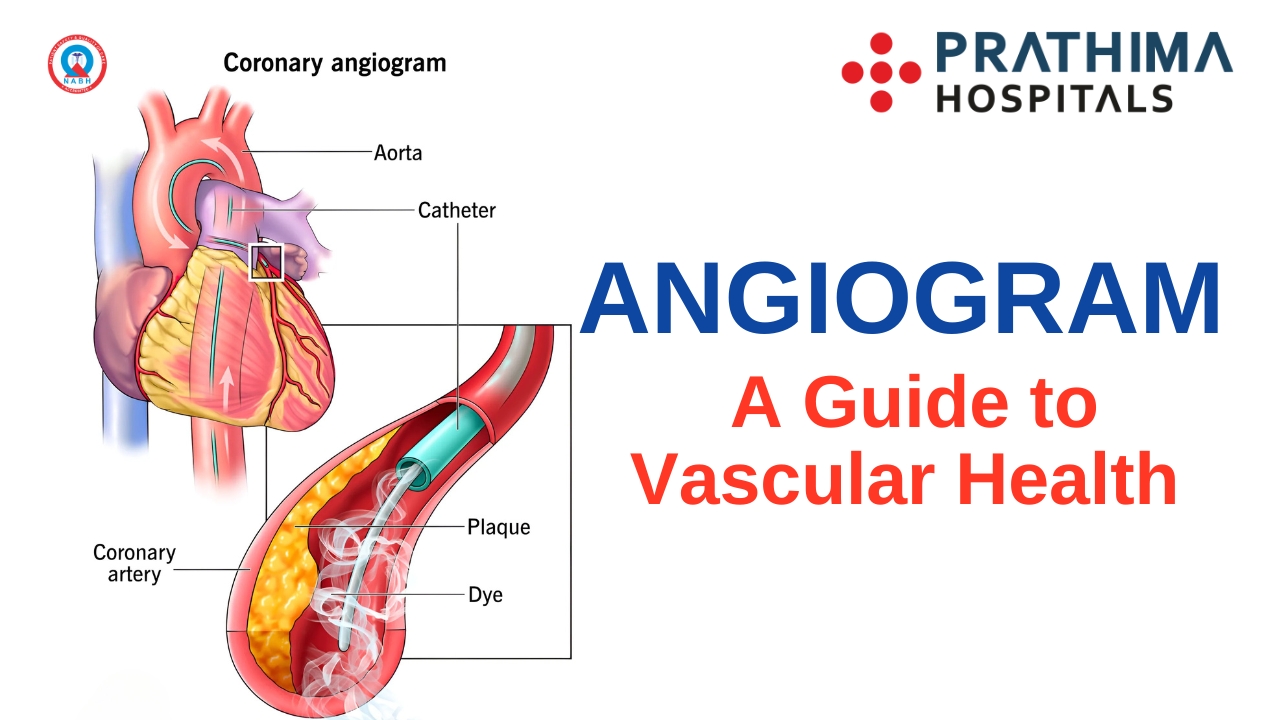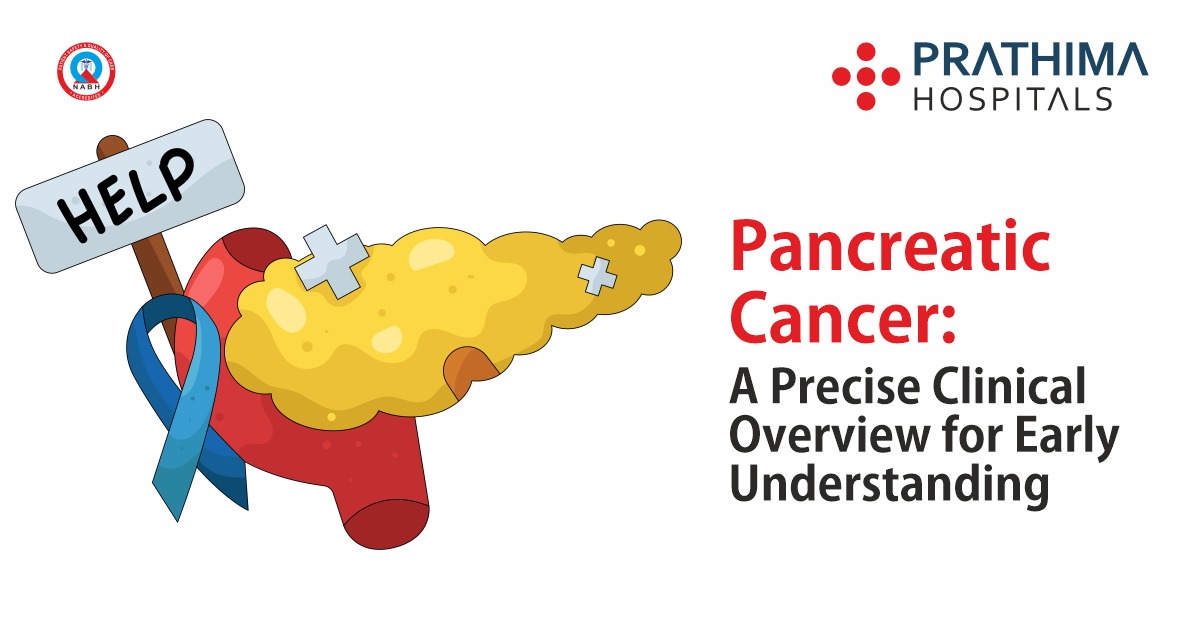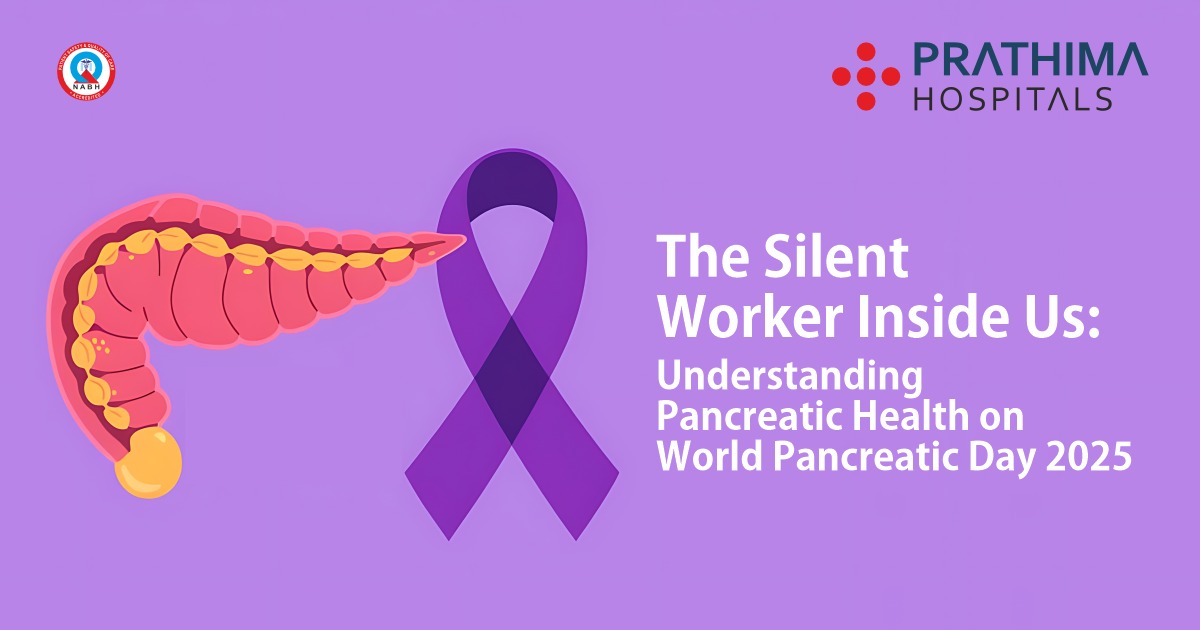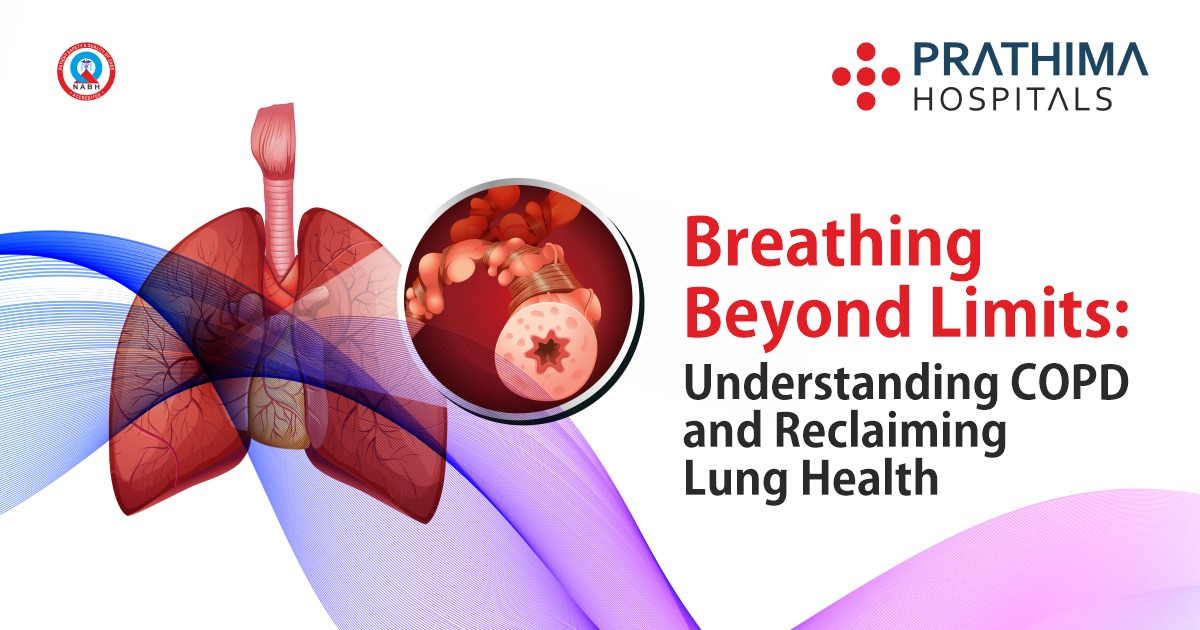Understanding Angiograms: A Guide to Heart and Vascular Health

A Guide to Heart and Vascular Health
What is an Angiogram?
An angiogram, also known as an arteriogram, is a diagnostic imaging procedure used to visualize the inside of blood vessels and organs of the body, particularly the arteries, veins, and heart chambers. At the Best Cardiology Hospital in Hyderabad, patients can consult the Best Cardiologist in Kachiguda for expert guidance on understanding angiograms. This test uses X-ray technology to capture detailed images, known as angiographs, that help physicians diagnose and treat various vascular conditions.
The Procedure
The process begins with the patient lying on an X-ray table. A local anesthetic is applied to numb the area where a catheter,a thin, flexible tube,will be inserted. Typically, the catheter is introduced through a blood vessel in the groin, arm, or wrist. At the Best Cardiology Hospital in Hyderabad, once the catheter is in place, a contrast dye, which is visible on X-ray images, is injected through the catheter into the bloodstream. This dye highlights the blood vessels on the X-ray images, allowing for clear visualization of any blockages, abnormalities, or other issues within the vessels.
Types of Angiograms
- Coronary Angiogram: Focuses on the arteries supplying blood to the heart. It is often used to diagnose coronary artery disease.
- Cerebral Angiogram: Used to examine the blood vessels in the brain, aiding in the diagnosis of conditions like aneurysms and arteriovenous malformations.
- Pulmonary Angiogram: Evaluates the blood vessels in the lungs, particularly useful for diagnosing pulmonary embolisms.
- Peripheral Angiogram: Examines blood vessels outside of the heart and brain, often used to investigate peripheral artery disease in the legs.
Why Should We Take an Angiogram?
An angiogram can be a crucial diagnostic tool for several reasons:
- Diagnosing Heart Disease: For patients experiencing chest pain, shortness of breath, or other symptoms indicative of heart disease, an angiogram can reveal blockages or narrowing in the coronary arteries.
- Evaluating Vascular Conditions: It helps diagnose conditions such as aneurysms, vascular malformations, and blood clots.
- Guiding Treatment: Angiograms provide essential information for planning surgeries or other interventions. For example, they can guide the placement of stents or the performance of angioplasty.
- Monitoring Progress: After a surgical procedure or intervention, angiograms can be used to assess the success of the treatment and monitor for any recurrence of issues.
Best Cardiologist in Kachiguda
When Should an Angiogram Be Taken?
The decision to undergo an angiogram is based on a combination of symptoms, medical history, and results from other tests. At the Best Cardiologist in Kachiguda, patients can receive expert evaluation to determine if an angiogram is necessary. Here are some scenarios when an angiogram might be recommended:
- Persistent Chest Pain: If a patient has stable angina (chest pain that occurs with activity) or unstable angina (chest pain that occurs at rest), an angiogram can help determine if coronary artery disease is present.
- Abnormal Stress Test Results: If a non-invasive test, such as a stress test, indicates potential heart problems, an angiogram can provide more definitive information.
- Heart Attack: In the event of a heart attack, an angiogram can quickly identify the blocked artery, allowing for immediate treatment.
- Stroke Symptoms: For patients exhibiting symptoms of a stroke, particularly those related to blood flow issues in the brain, a cerebral angiogram can pinpoint the location and cause of the problem.
- Aneurysms: If an aneurysm is suspected, an angiogram can confirm its presence and help in planning treatment.
- Peripheral Artery Disease: Patients with symptoms such as leg pain while walking may need a peripheral angiogram to diagnose blockages in the arteries of the legs.
Preparing for an Angiogram
Preparation for an angiogram involves several steps to ensure patient safety and the accuracy of the test:
- Medical History and Consent: The doctor will review the patient’s medical history and explain the procedure, including potential risks. The patient will then sign a consent form.
- Fasting: Patients are typically instructed not to eat or drink for several hours before the procedure.
- Medications: The patient should inform the doctor of all medications they are taking. Some medications may need to be paused or adjusted before the test.
- Allergies: It’s crucial to inform the healthcare team of any known allergies, particularly to iodine or contrast dye.
- Blood Tests: Pre-procedure blood tests might be required to check kidney function and other parameters.
The Risks and Complications
While angiograms are generally safe, they do carry some risks, including:
- Allergic Reactions: Some patients may have an allergic reaction to the contrast dye used during the procedure.
- Bleeding or Bruising: At the catheter insertion site, there can be minor bleeding or bruising.
- Kidney Damage: The contrast dye can sometimes cause kidney damage, particularly in patients with pre-existing kidney conditions.
- Blood Vessel Damage: There is a small risk of the catheter damaging the blood vessel.
- Infection: Though rare, there is a risk of infection at the catheter insertion site.
allergic reactions to contrast dye, bleeding, kidney damage, blood vessel injury, or infection. The Best Cardiologist in Kachiguda and Best Cardiologist in Kukatpally guide patients to minimize these risks.
What to Expect During and After the Procedure
During the angiogram, patients are awake but may be given a sedative to help them relax. The procedure typically takes about 30 minutes to an hour. Patients may feel a warm sensation as the contrast dye is injected, but otherwise, they should not feel pain.
After the procedure, the catheter is removed, and pressure is applied to the insertion site to prevent bleeding. Patients are usually monitored for a few hours to ensure there are no immediate complications. Depending on the findings and the patient’s condition, they may be allowed to go home the same day or may need to stay in the hospital overnight.
Best Cardiologist in Kukatpally
Recovery and Follow-Up
Post-procedure, patients are advised to drink plenty of fluids to help flush the contrast dye from their system. They should avoid strenuous activities for a day or two and keep an eye on the insertion site for any signs of infection, such as redness, swelling, or discharge.
A follow-up appointment with the Best Cardiologist in Kukatpally or Best Cardiologist in Kachiguda will be scheduled to discuss the doctor will be discuss the results of the angiogram. If a blockage or other issue is found, the doctor will discuss treatment options, which may include medication, lifestyle changes, or further procedures like angioplasty or surgery.
An angiogram is a vital diagnostic tool in modern medicine, providing detailed images of blood vessels and helping doctors, including the Best Cardiologist in Kachiguda, diagnose and treat various cardiovascular and vascular conditions. While the procedure carries some risks, its benefits in diagnosing potentially life-threatening conditions make it an invaluable part of medical diagnostics.
Understanding when and why an angiogram is needed, and what to expect during and after the procedure, can help patients approach this test with confidence and preparedness.
With advancements in medical technology, angiograms continue to play a crucial role in maintaining cardiovascular health and managing vascular diseases.
.
.
For More Details:
📞:: 733 733 6600 | 040 4345 4345
🌐:: https://prathimahospitals.com/book-appointment/





